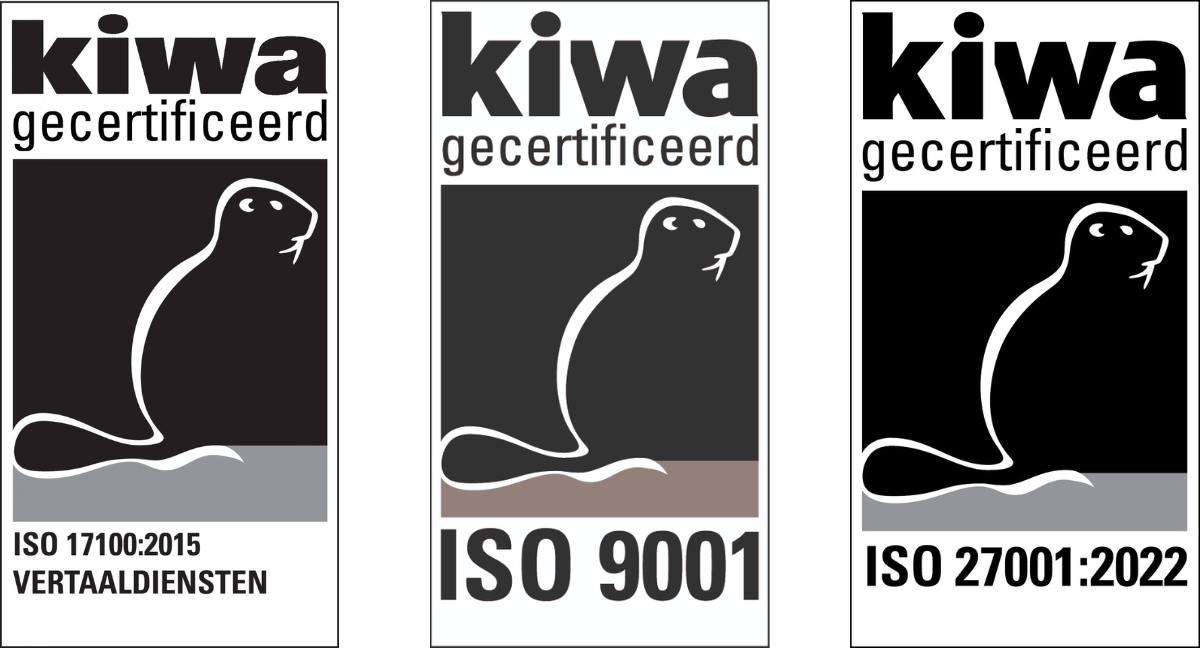Norwegian translation agency
- Only experts in the Norwegian language
- Get the best Norwegian translations….
 Norwegian translation agency
Norwegian translation agency
Approximately 4.5 million people speak and write ‘some form of Norwegian’, because Norwegian does not have a single common language. Standard Norwegian is based on the Norwegian that is spoken in and around the Norwegian capital Oslo, Standard Østnorsk. But outside Oslo, Norwegians passionately commit to their regional dialects, because that is all the rage and is widely appreciated. Around the world, dialects can often be considered inferior; in Norway, this is not the case. In fact, everything that has to do with cultural heritage – including dialects – is highly valued.
Radio and television usually use a spoken version of one of the Norwegian written languages, because even in writing, Norwegians don’t just stick with one language. One written language is Bokmål (literally ‘book language’), which 80% of Norwegians use in writing; the other is Nynorsk (New Norwegian), which is used by the rest. All attempts to create one common written language out of the two (Samnorsk) have ceased after years of laborious work. The Norwegians simply didn’t want it. As a result, there is no standard written and no standard spoken Norwegian.
What does go smoothly is the relationship between ‘Norwegian’, Swedish, and Danish. The inhabitants of those countries can easily understand each other while speaking in their own respective languages. And changes made in one language are (nearly) always adopted by the other two. This means the languages are slowly growing toward each other.
Norwegian is also related to Icelandic. In fact, the Norwegians brought their language to Iceland in the 9th century. Icelandic is Norwegian, but the Norwegian of 1,000 years ago. Today, the inhabitants of the two countries can barely understand each other. Norwegian has undergone great changes while the isolated Icelandic remained virtually unchanged. But Icelanders can read Old Norse, which is something Norwegians can only do after extensive study.
Language and culture are considered ‘living’ phenomena, so it is important that translations are made by translators who live and work in their country of origin. After all, they have their language and culture all around them every day. We call them in-country translators; in this case, Norwegian translators who live in Norway and are native speakers of Norwegian. Translators who can also work with different forms of Norwegian. We apply this principle of local specialists everywhere, which means we work with a large number of translators.
We are in possession of the highest achievable European quality standards for translation agencies: ISO 9001 and ISO 17100. These standards impose strict requirements on us and the translators we work with. But that is not enough for us, we also offer you a lowest price guarantee and a 100% satisfaction guarantee. How is it possible to be both good and inexpensive at the same time? You can find out here. Reviews from our clients can be found on this independent website.
You can always use the button below to request a free quote for your Norwegian translation. We will send you a customised quote within 30 minutes.
15.000+ clients have already placed their trust in us

Translation Agency complies with the highest attainable certifications: ISO 9001:2015, ISO 17100:2015, and ISO 27001:2022. Top quality, security and service remain our number one priority.


Translation Agency is a member of the VViN and EUATC; Organisations of translation agencies that work together to optimise quality and service.
